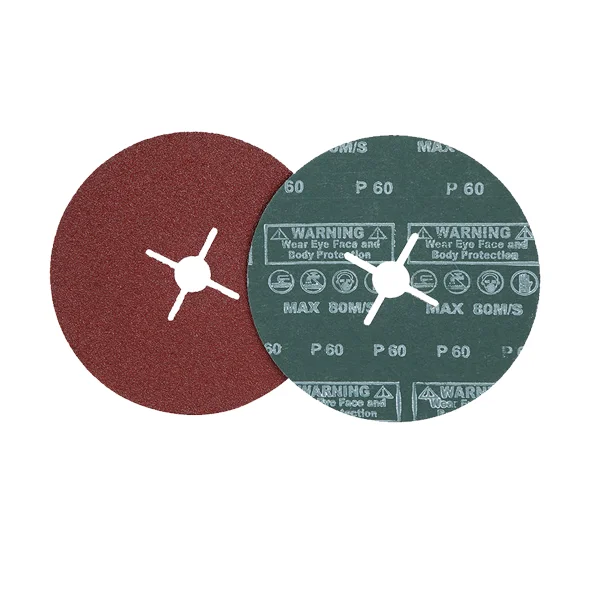In today's world, where energy conservation is of paramount importance, choosing an energy-efficient refrigerator can make a significant difference in reducing electricity consumption. This blog post aims to explore the factors that contribute to a fridge's energy efficiency and provide insights into selecting a refrigerator that consumes less electricity. By understanding the key features, technologies, and best practices, you can make an informed decision while minimizing your carbon footprint and saving on energy bills.
- Understanding Energy Efficiency in Refrigerators:
To comprehend which fridge consumes less electricity, it is crucial to grasp the concept of energy efficiency. Energy efficiency in refrigerators is measured by the annual energy consumption, typically expressed in kilowatt-hours (kWh). The lower the kWh value, the more energy-efficient the refrigerator. - Factors Influencing Energy Consumption:
a. Size and Capacity: Larger refrigerators tend to consume more electricity. Assess your needs and opt for a size that suits your requirements without excessive wastage of space.
b. Cooling Technology: Refrigerators employ various cooling technologies, such as compression, absorption, or thermoelectric cooling. Each technology has its energy efficiency characteristics, and it is essential to understand their differences.
c. Insulation and Sealing: Proper insulation and airtight sealing prevent cold air leakage, reducing the workload on the fridge's cooling system and minimizing energy consumption.
d. Energy Efficiency Ratings: Look for energy labels, such as Energy Star, that indicate the appliance's energy efficiency level. Higher-rated fridges are designed to consume less electricity. - Innovative Features Promoting Energy Efficiency:
a. Inverter Compressors: Refrigerators equipped with inverter compressors adjust their cooling capacity based on the internal temperature, resulting in reduced energy consumption.
b. LED Lighting: LED lights consume significantly less energy than traditional incandescent bulbs, contributing to overall energy savings.
c. Smart Sensors and Controls: Advanced fridges utilize sensors to optimize cooling based on usage patterns, door openings, and external temperature, further reducing energy wastage. - Energy-Saving Practices for Refrigerator Usage:
a. Optimal Temperature Settings: Set the fridge temperature between 3 to 5 degrees Celsius and the freezer temperature around -18 degrees Celsius for efficient cooling.
b. Proper Organization: Arrange food items strategically to allow proper airflow within the fridge, ensuring uniform cooling and reducing the workload on the compressor.
c. Regular Maintenance: Clean the condenser coils, check door seals for leaks, and defrost the freezer regularly to maintain optimal performance and energy efficiency.
Conclusion:
Selecting an energy-efficient refrigerator is a step towards sustainable living and reducing electricity consumption. By considering factors like size, cooling technology, insulation, and energy efficiency ratings, you can make an informed choice. Additionally, embracing innovative features and adopting energy-saving practices will further enhance your fridge's efficiency. So, make a conscious decision and contribute to a greener future while enjoying the benefits of a refrigerator that consumes less electricity.







+ There are no comments
Add yours